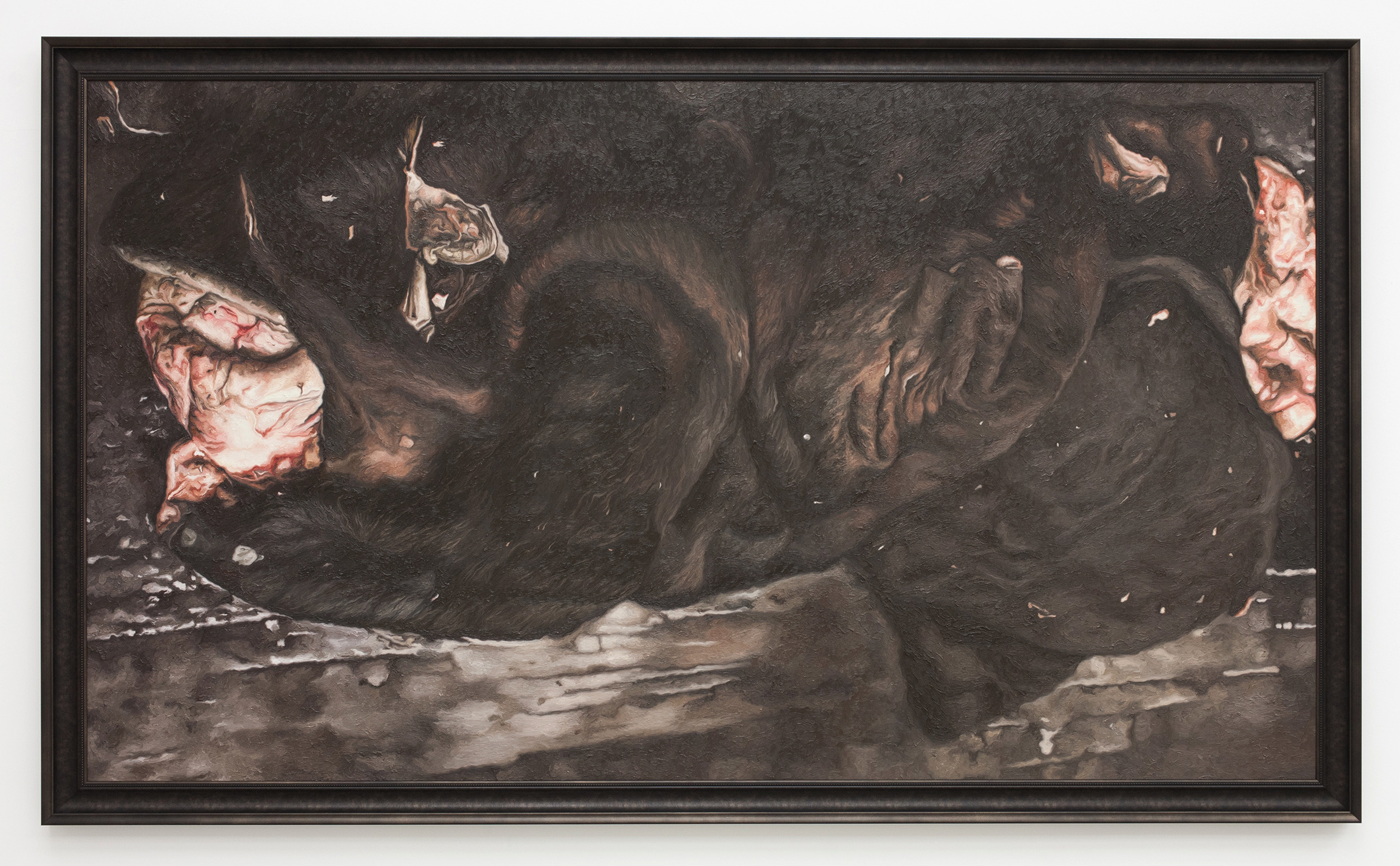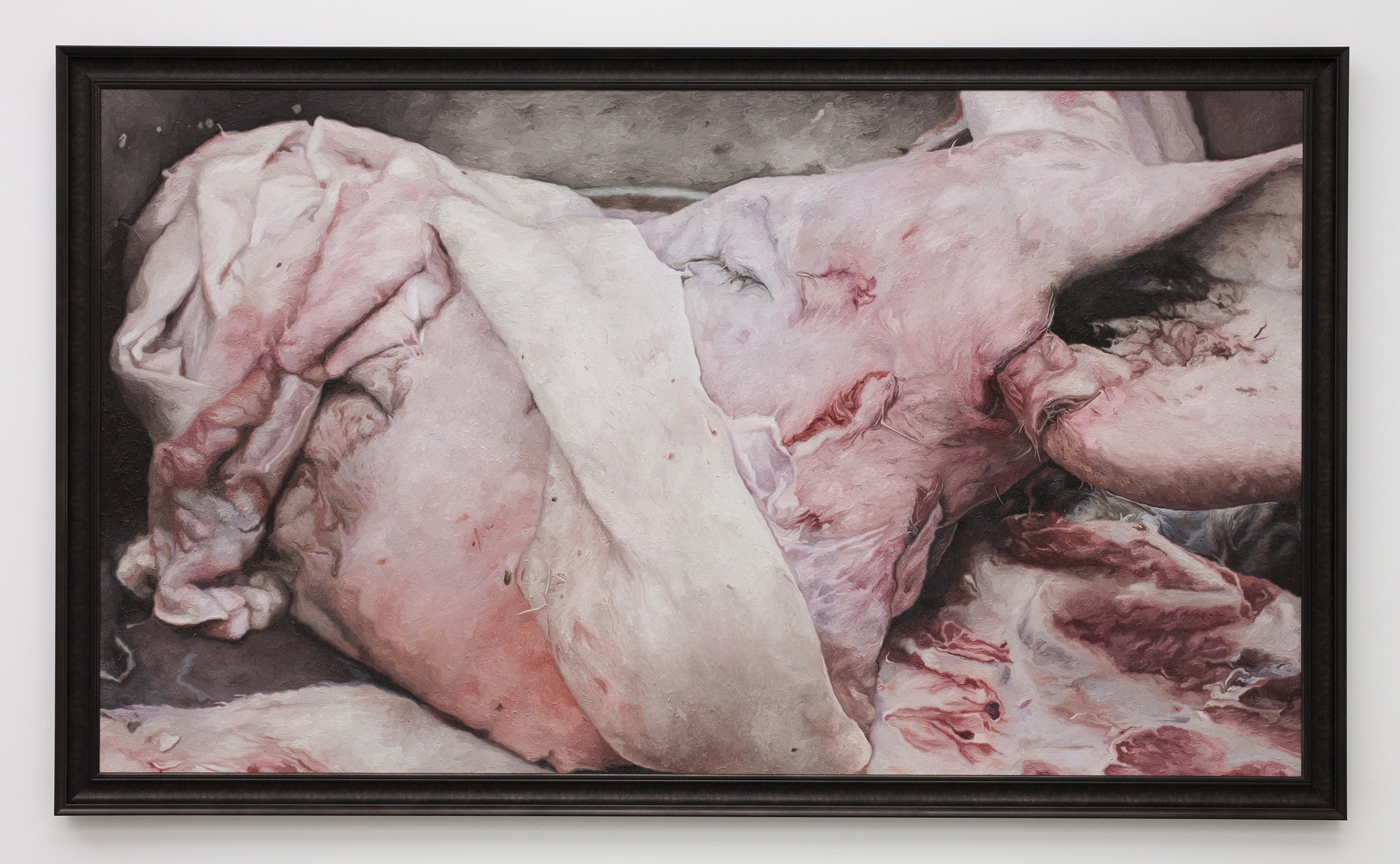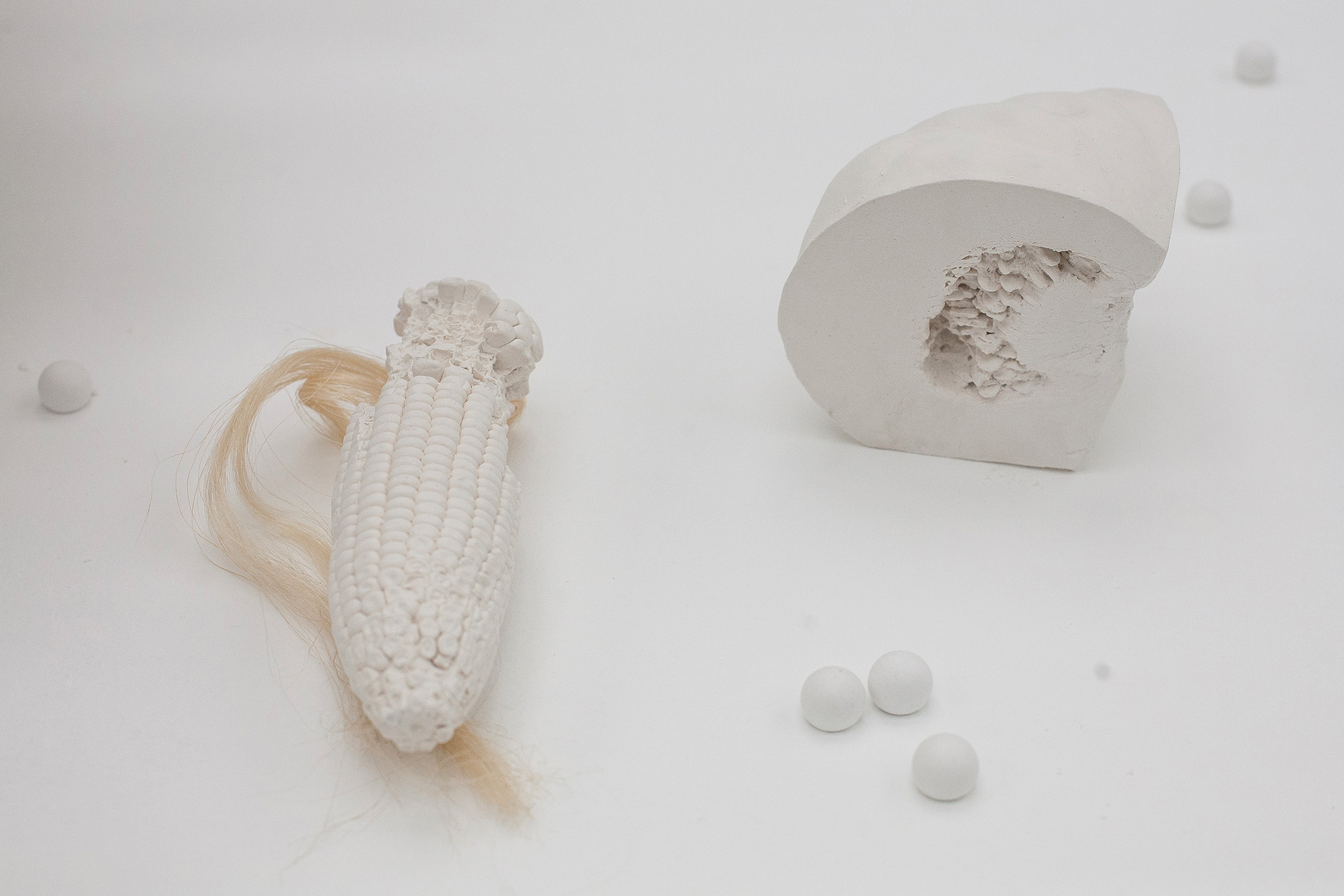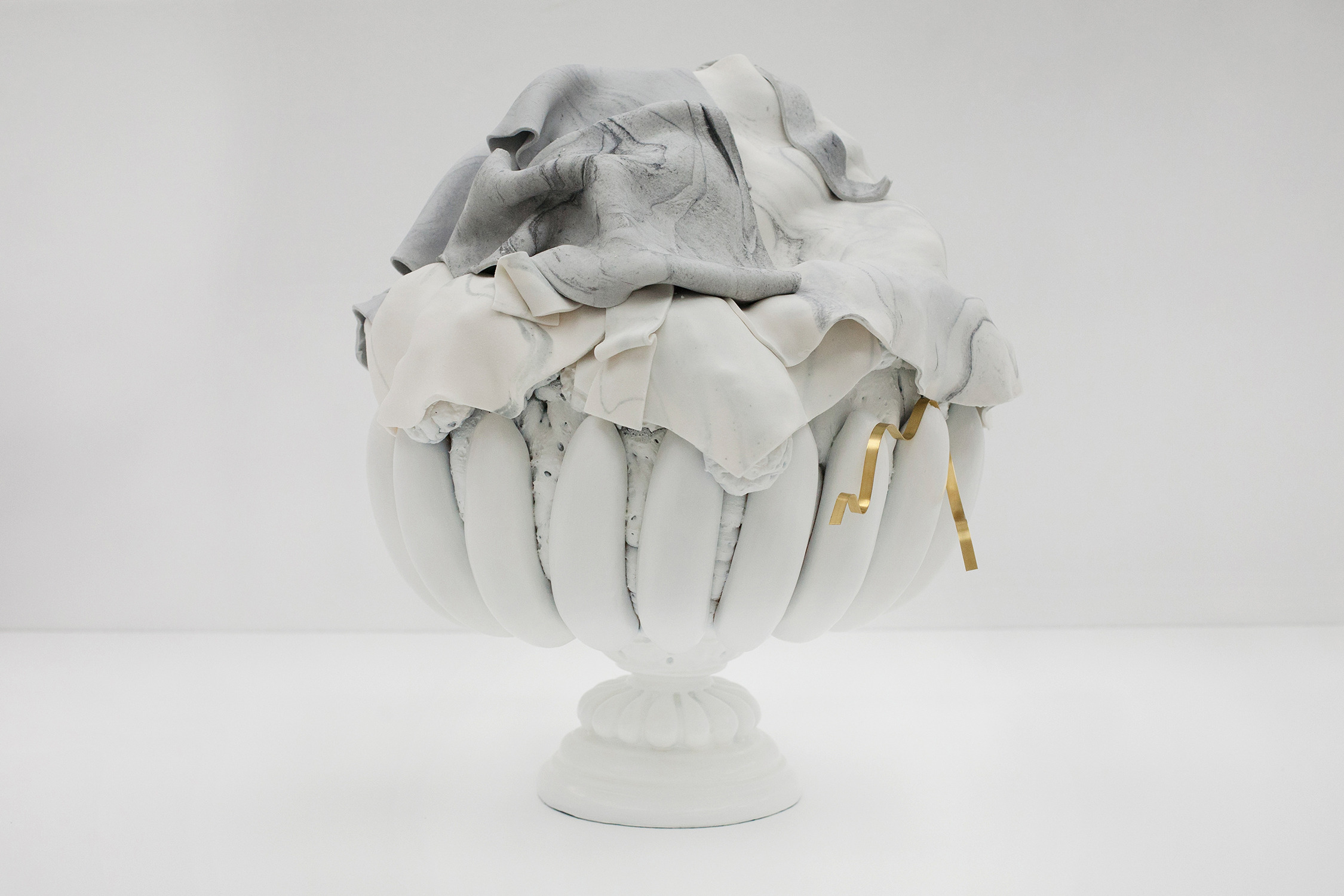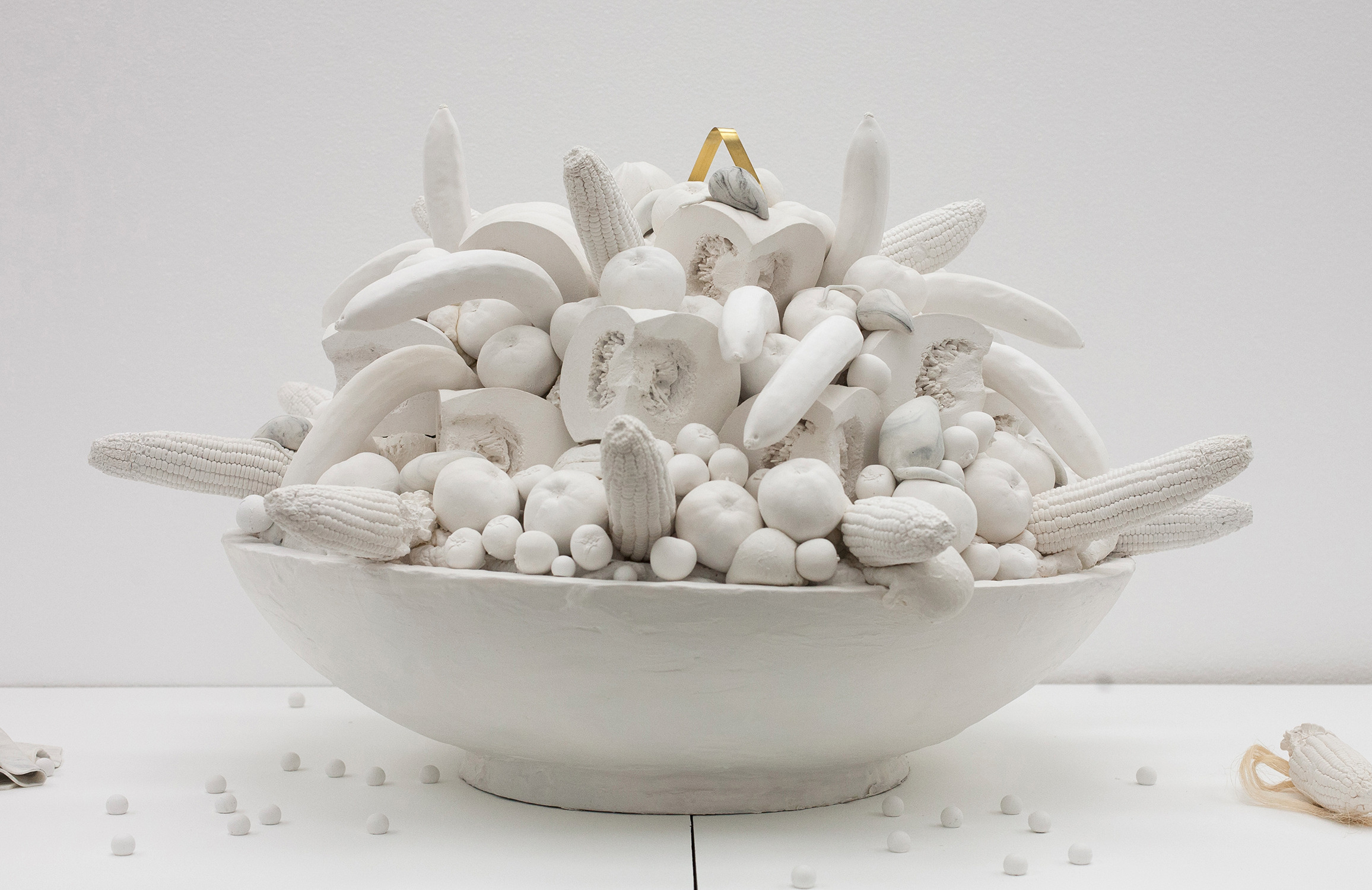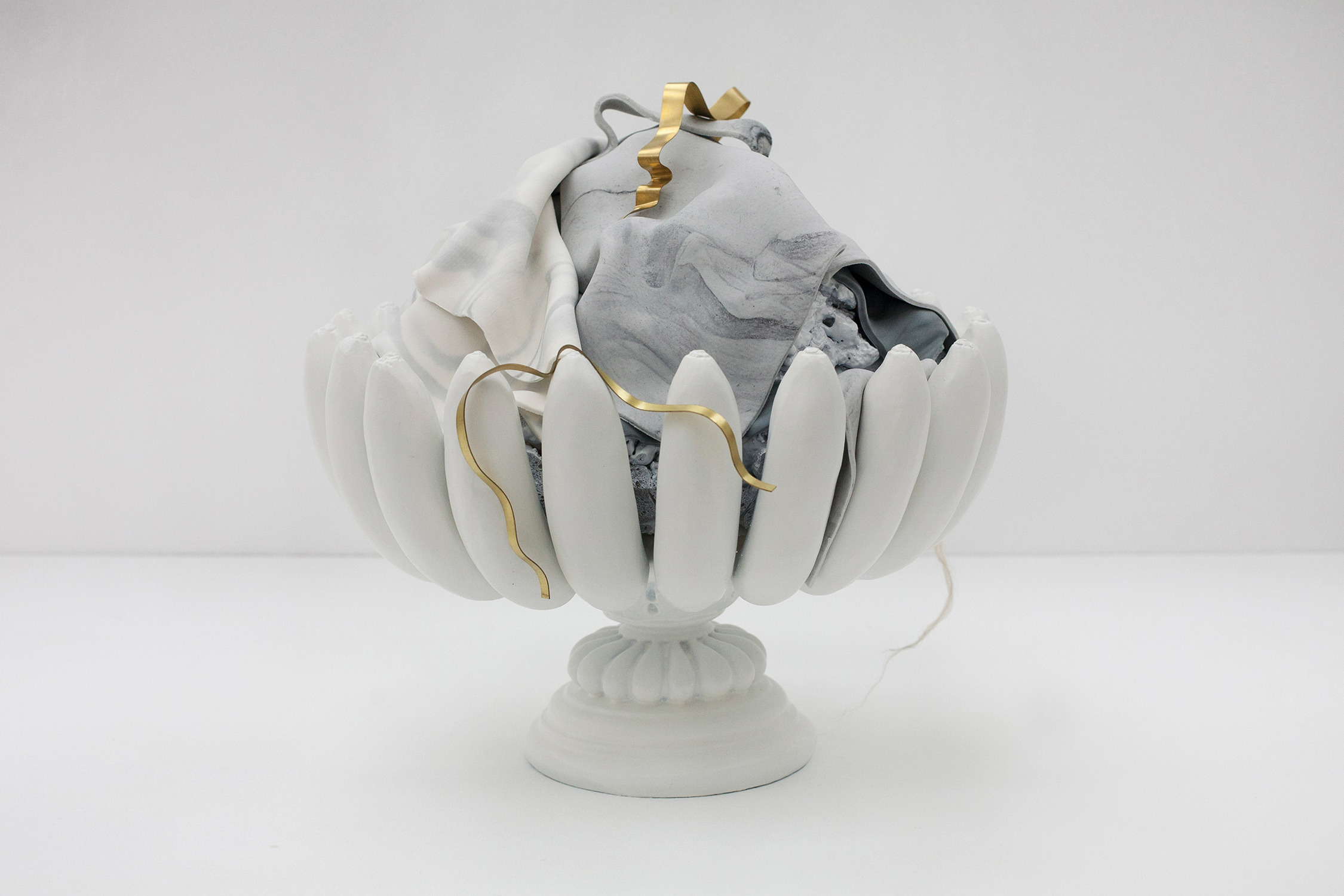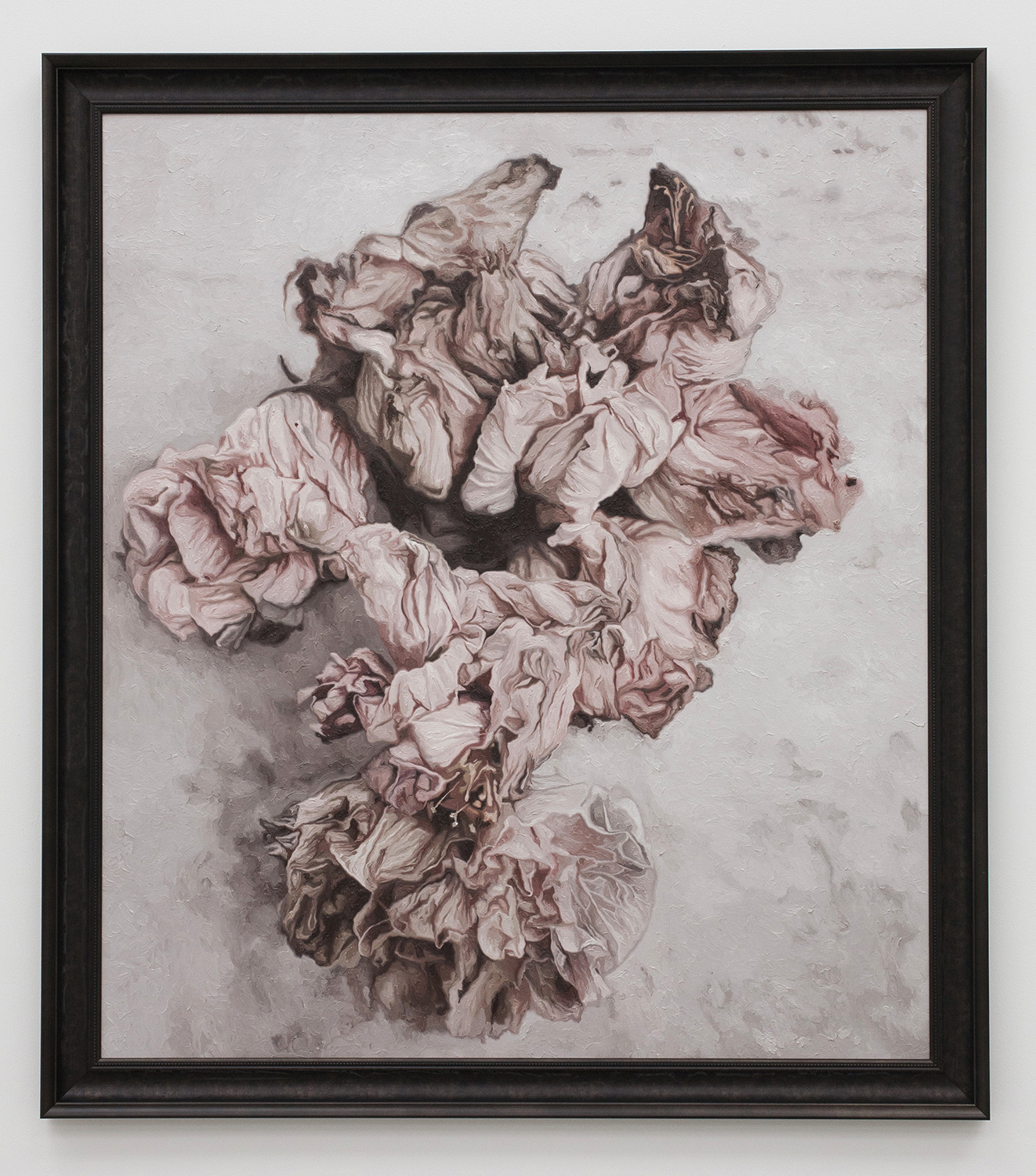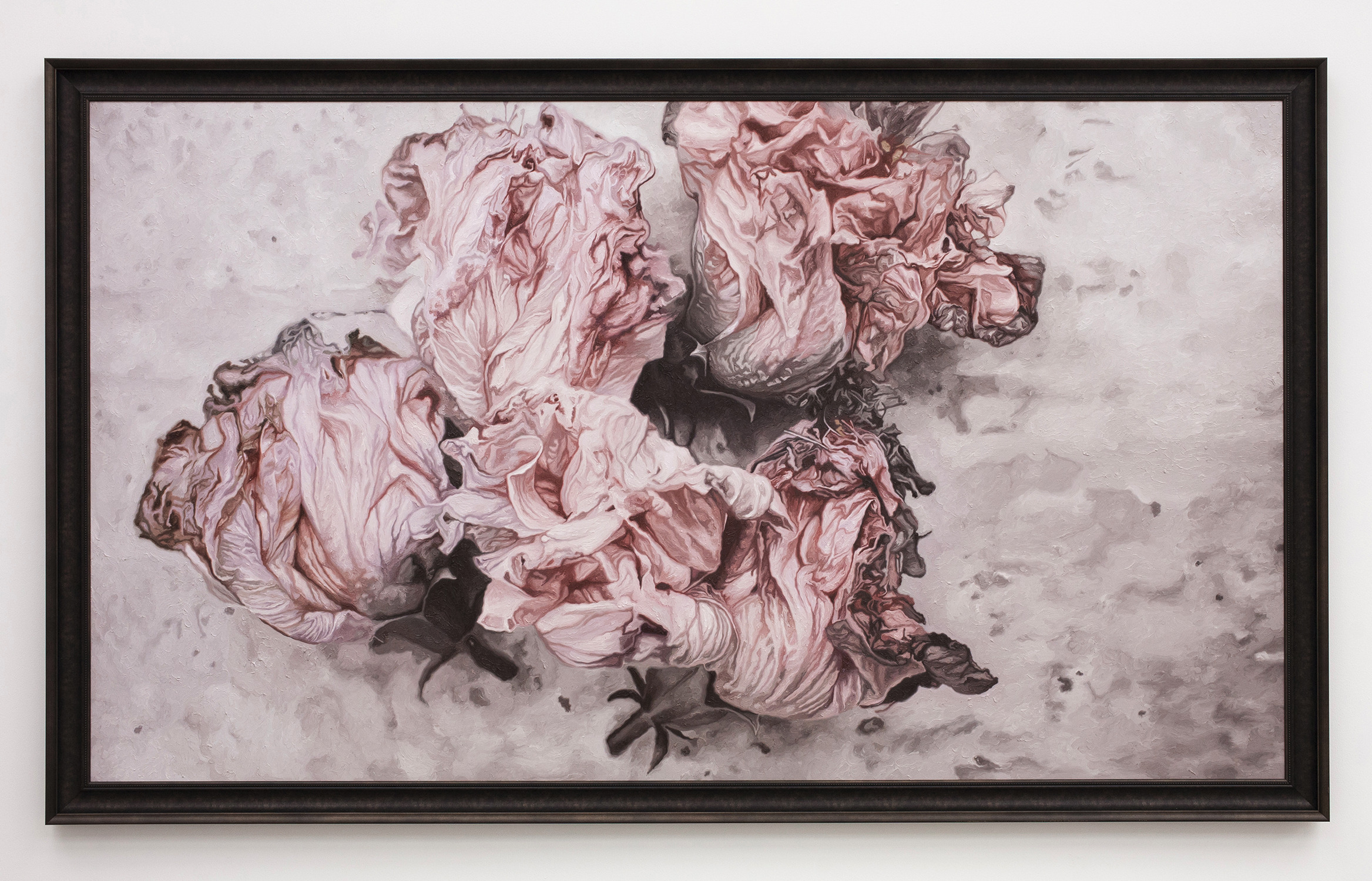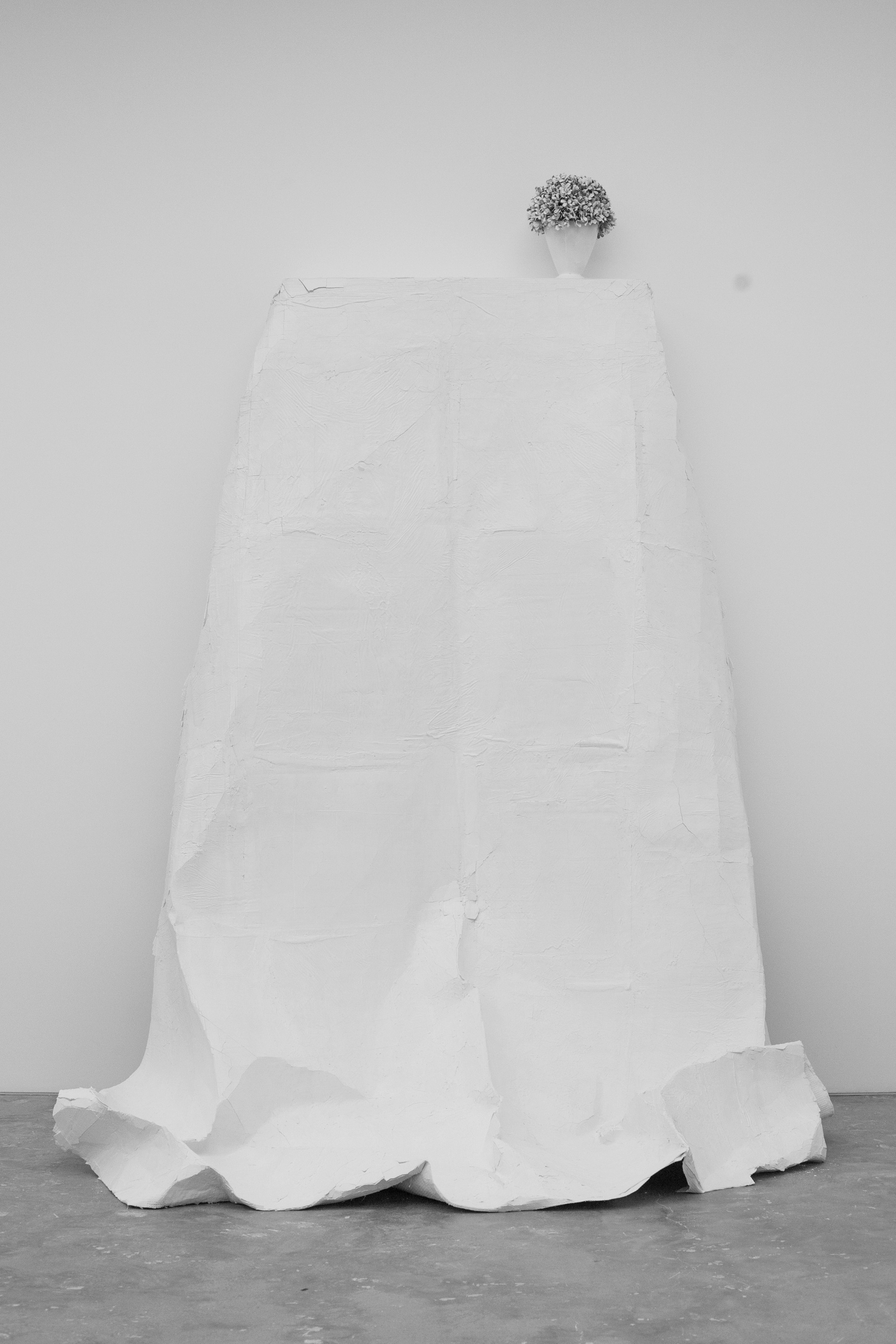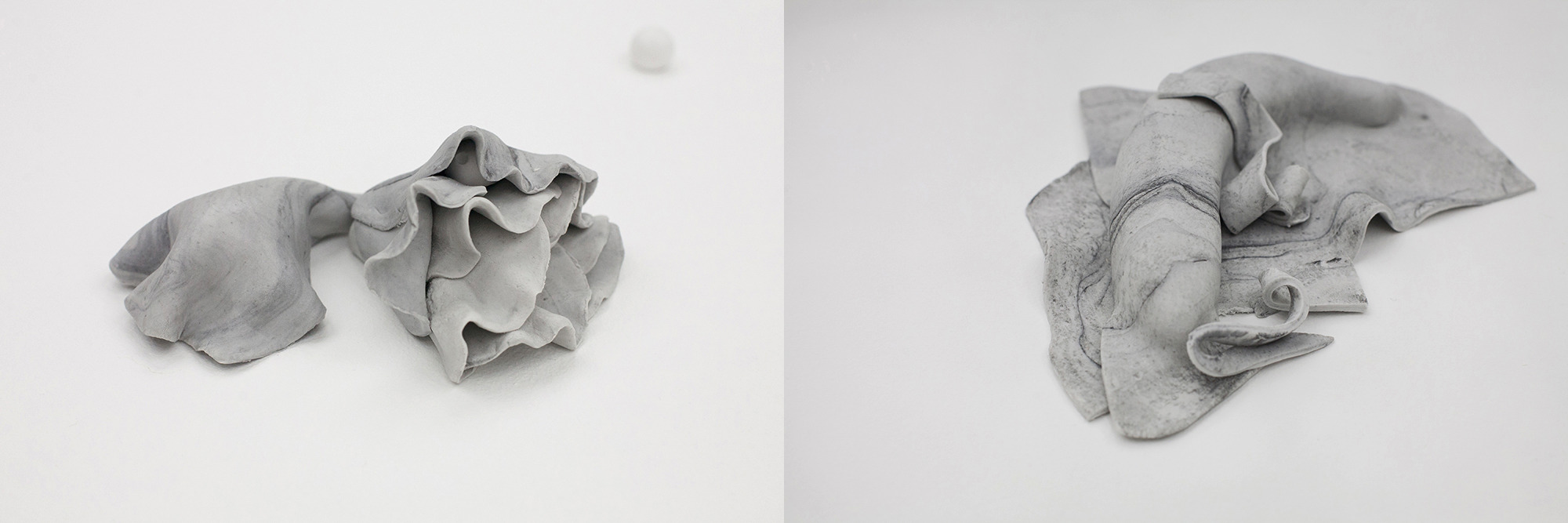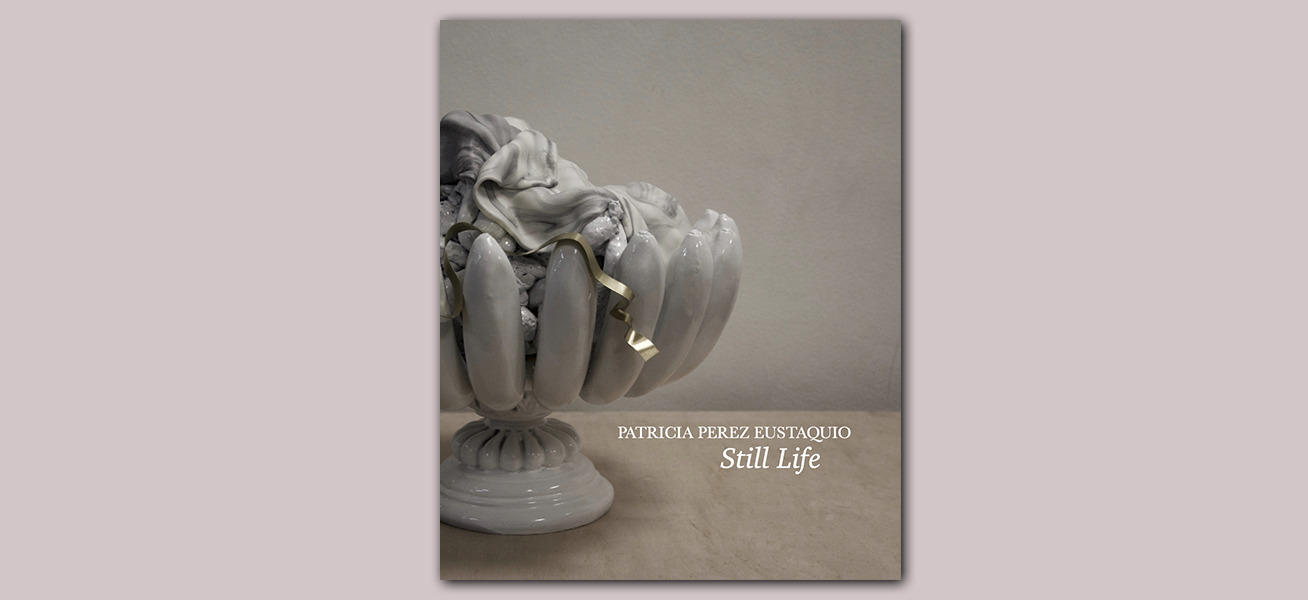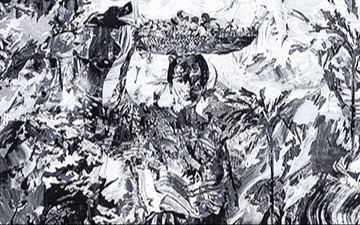
Still Life
Patricia Perez Eustaquio
Silverlens, Manila
Installation Views
About
Celebrating a decade of representation with Silverlens, we are pleased to announce Patricia Perez Eustaquio’s fifth show with the gallery, Still Life. Her Death to the Major, Viva Minor (2008) was the inaugural exhibition of SLab, Silverlens’ second gallery. An award-winning artist, she is known for her works of different mediums and disciplines, exploring the integrity and vanity of objects. In Still Life, Eustaquio revisits the idea of art-historical still life works and their implications, alluding to contemporary martyrs of human excess and appetite. She continues exploring materials, objects, and fascination of the impulse to create, consume, and destroy while echoing her past show, Swine (2004), dwelling on appetite and her concerns as a previously avowed vegetarian.
In 2003, I worked on a piece called Martyr A la Carte that featured a duck made out of fabric hanging from a hook and mounted on a decorative frame, and a jacquard-upholstered panel. The two soft reliefs formed a diptych on which I sewed the words, Martyr A la Carte. This work eventually became the anchor piece of a group of works that made up Swine, an installation that I worked on at Green Papaya Art Projects.
The space was cast in a red light from a neon piece, She would kill for it, and strewn around the room were other objects I spawned out of fabric, wax and found objects. It was fashioned to look like a bistro, or a salon, with a wax-covered chair, an upholstered refrigerator, a white wax apron dripping with red petals, a butcher’s knife, a pig’s leg, and finally, an oil painting portrait of a pig somewhere around this grouping.
More than the memento mori, the inevitability of death that art’s Golden Age of still life paintings allude to, I have always been struck by the excesses depicted in these works, and by what such excesses imply. There was banquet and bacchanalia. There were bowls of fruit, golden goblets of wine, and various game and cooked meats. Such great appetites were heightened by realism put on display by the painters of the time who were exploring the new medium of oil, and these paintings could only be commissioned by the wealthy. While the slaughtered meats are the apparent martyrs of these excesses, the real martyrs were a great distance away, in the Americas and in the islands of the Pacific including the Philippines.
Behind the material successes of the sixteenth century West was an engine for building such wealth: empire. Thousands of trees from the Philippine tropical forests were felled as hundreds of ships, built in the shipyards of Cavite, were sent out for the Galleon Trade. Gold, silk, fruits, vegetables and plants sailed to Europe and changed European cuisine forever, as tomatoes, potatoes, corn and bananas found their way to the continent from the Americas. (How different our diets would have been if french fries and spaghetti bolognese were never invented then!)
Still Life revisits the idea of these art-historical still life works and their social implications, while alluding to the more contemporary martyrs of human excess and appetite. A grouping of works that echo Swine, the show continues on my art practice of exploring materials and objects and fascination with our impulse to create, consume and destroy.
Known for her works that span across different mediums and disciplines—from paintings, drawings, and sculptures, to the fields of fashion, décor, and craft—Patricia Perez Eustaquio (b. 1977) reconciles these intermediary forms through her constant exploration of notions that surround the integrity of appearances and the vanity of objects. Images of detritus, carcasses, and decay are embedded into the handiwork of design, craft, and fashion, while merging the disparate qualities of the maligned and marginalized with the celebrated and desired. From her ornately shaped canvases to sculptures shrouded by fabric, their arrival as fragments, shadows, or memories, according to Eustaquio, underline aspirations, vanity, this ‘desire to be desired.’ Her wrought objects—ranging from furniture, textile, brass, and glasswork in manufactured environments— likewise demonstrate these contrasting sensibilities and provide commentary on the mutability of our perception, as well as on the constructs of desirability and how it influences life and culture in general.
Patricia Perez Eustaquio is the first artist represented by Silverlens in 2007. She is a recepient of the Thirteen Artists Awards by the Cultural Center of the Philippines in 2009 and has also gained recognition through several residencies abroad, including Art Omi in New York and Stichting Id11 of the Netherlands. She has also been part of several notable exhibitions held both locally and internationally, such as The Vexed Contemporary in Museum of Contemporary Art and Design, Manila; Volta Basel in Basel, Switzerland; and Credit Suisse’s Chimera in Singapore Art Museum, Singapore. She has exhibited at the Palais de Tokyo in Paris and was part of the 2016 Singapore Biennale.
Works
